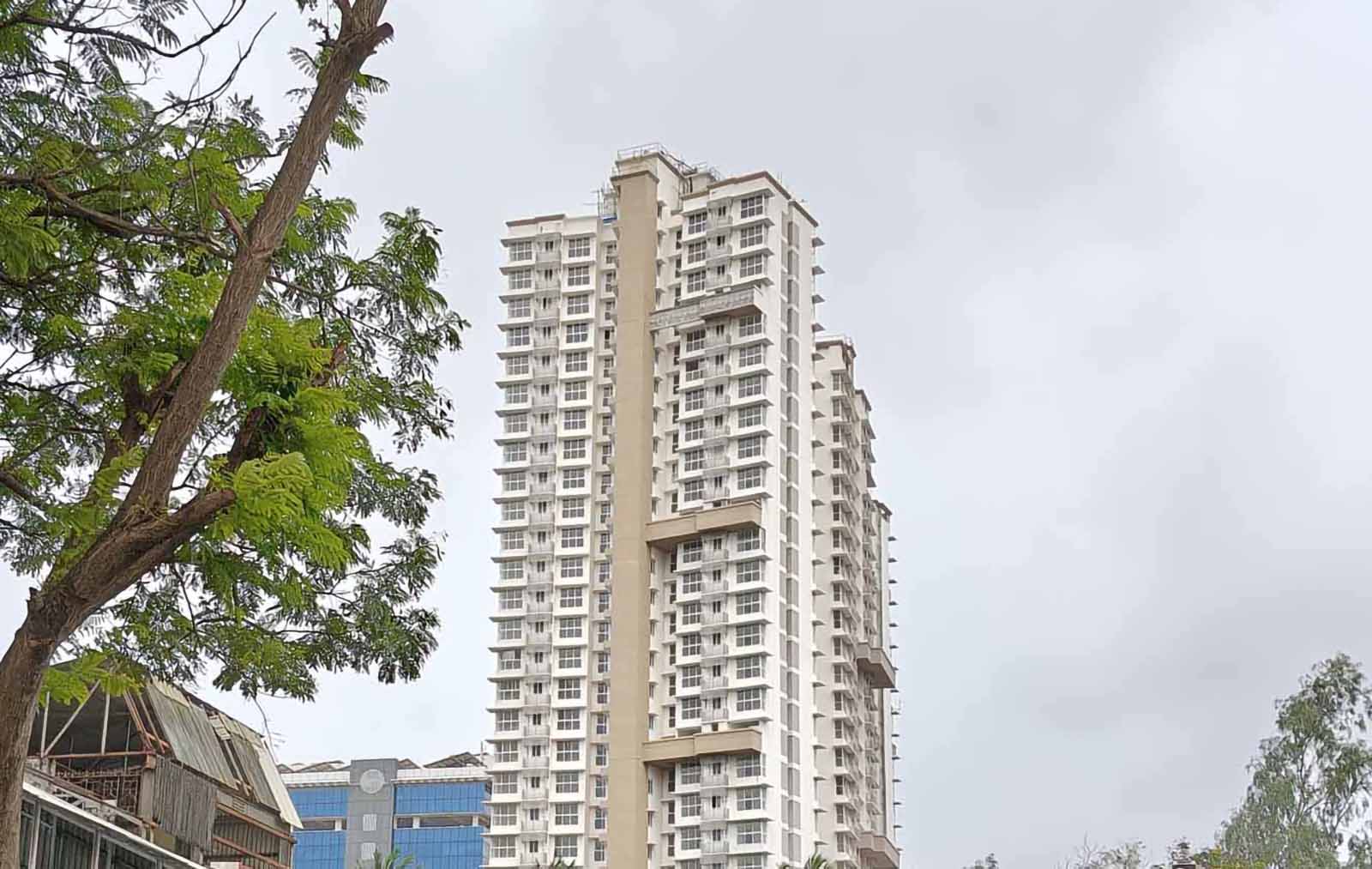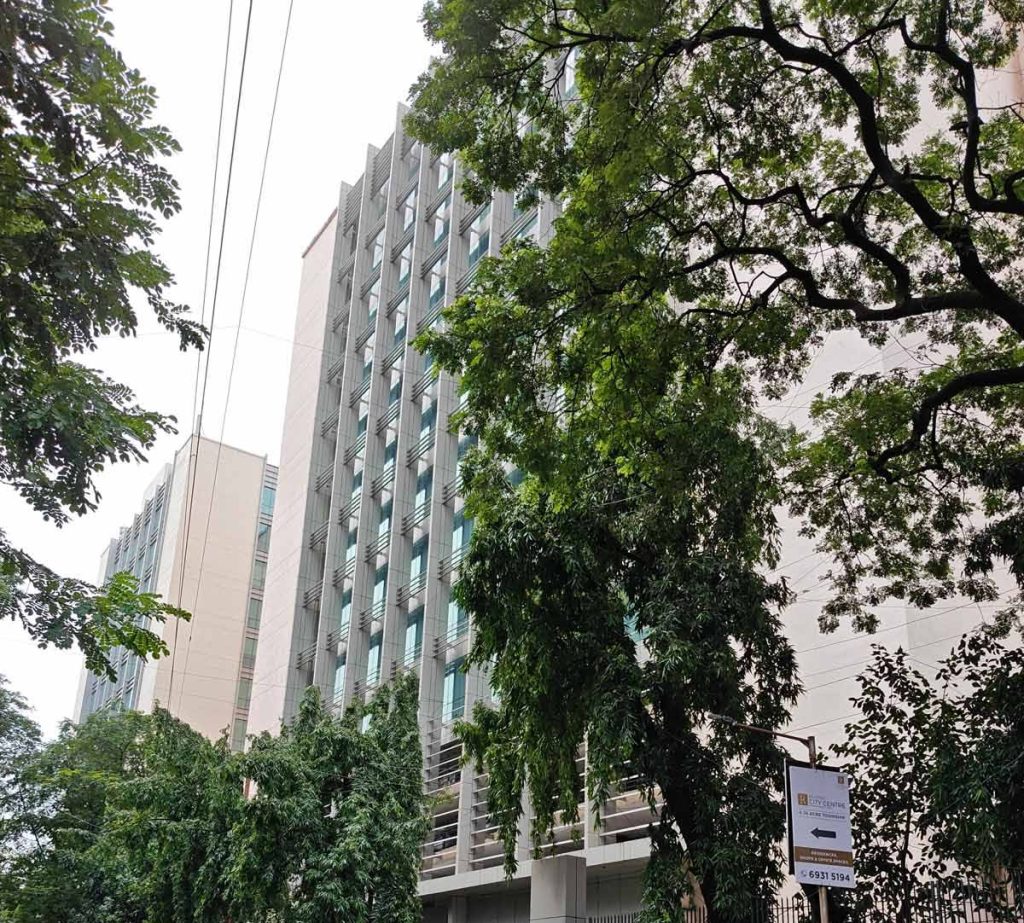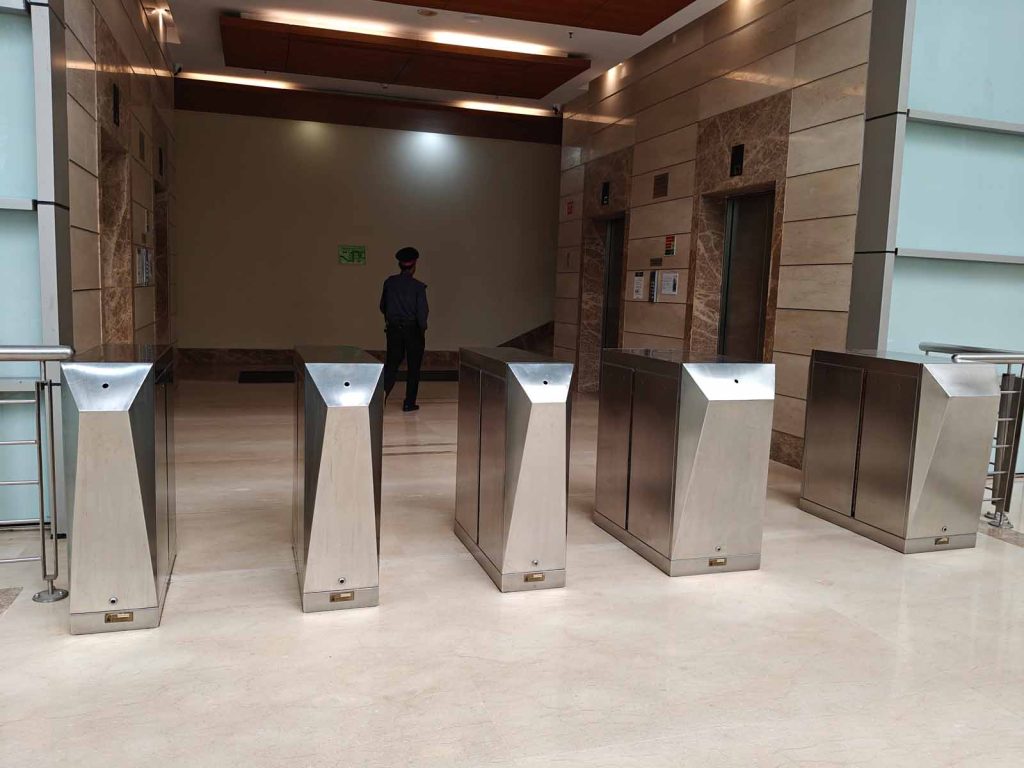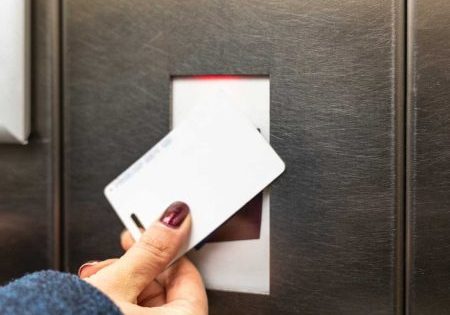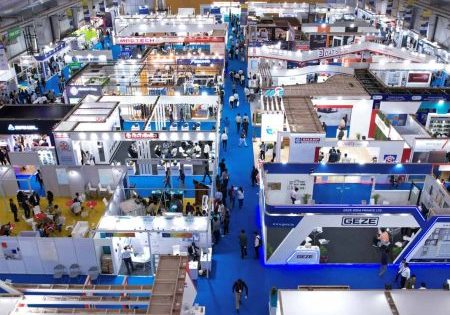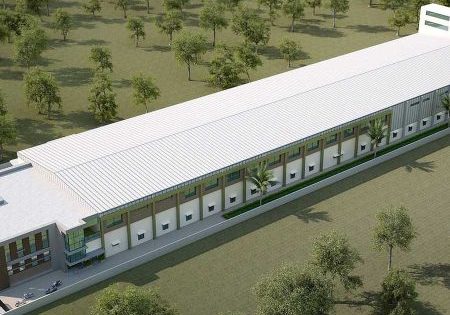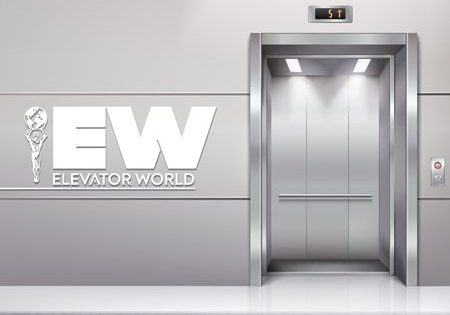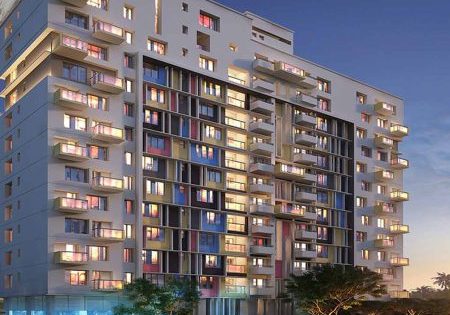Vertical transportation’s role in setting reasonable limits based on why a person is in a building
images courtesy: Gagandeep Kaur
Let’s be honest: In most buildings across India, whether it’s a high-rise apartment or a corporate tower, once someone gets past the front gate or reception, they can go pretty much wherever they want. That’s a problem. We don’t talk enough about what happens after someone walks through the door. And in today’s world, with buildings getting bigger, taller and more crowded, that silence is risky. Let’s break it down.
Access Control Is Not a Luxury Anymore
It used to be that access control meant a watchman writing your name in a notebook. Or someone calling up to check if you’re expected. Today, with deliveries, service staff, visitors, guests and workers moving in and out all the time, we need a smarter system.
Not a high-tech one, necessarily. Just a thoughtful one. Access control isn’t just about letting someone in. It’s about asking:
- Where exactly are they going?
- Do they need to be there?
- And how can we make sure they don’t go beyond that?
For example, if a delivery person is supposed to drop something at a flat on the 10th floor, should they be able to stop on the eighth and ninth floors, too? No. If a visitor is meeting someone in Wing B, do they need access to Wing A or C? Again, no. This isn’t about being strict. It’s about being sensible.
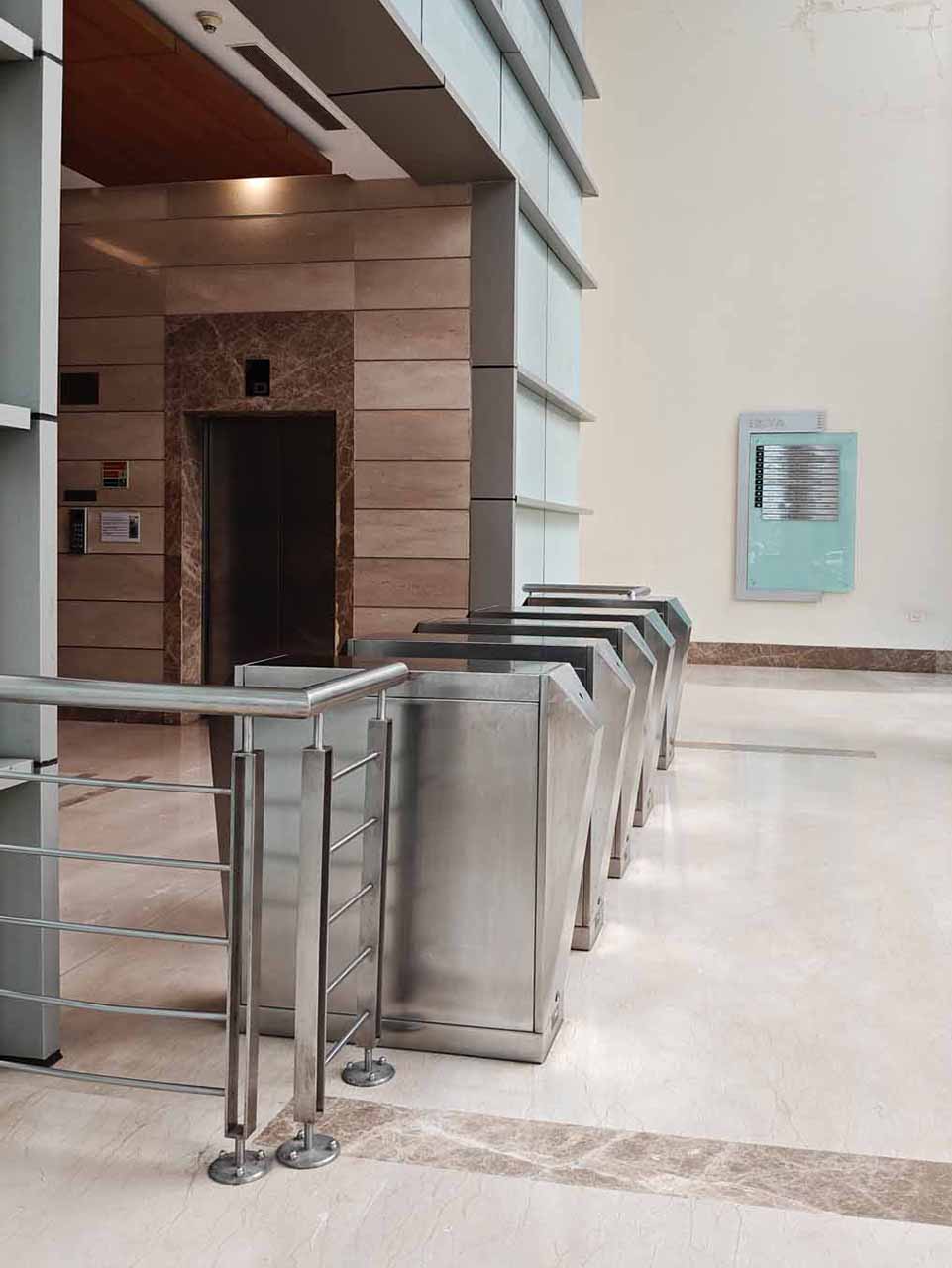
The Elevator Problem No One Talks About
Let’s talk elevators. They’re not just metal boxes that take us up and down. They’re the direct link between private and public space. And most buildings treat them like free zones.
The moment someone enters an elevator, they can go to any floor they want. That might seem harmless until something goes wrong.
Imagine a building where a child is playing in the hallway or an elderly person is slowly walking back to their apartment. If a stranger who shouldn’t be on that floor gets off the elevator, that’s a real safety concern.
Or think about an office floor with two companies operating side by side. If someone walks into one office and plugs in a USB drive or quietly copies data, the damage is already done before anyone even notices.
These aren’t wild scenarios. They happen. And they happen because there are no clear boundaries.
It’s About Boundaries, Not Barriers
The idea isn’t to lock everything up and treat every visitor with suspicion. It’s about setting reasonable limits based on why someone is there.
If you live in the building, you can access your floor, your wing and your amenities. If you’re a guest, you’re guided straight to the person you came to see. If you’re a worker, you have access during your shift and only in designated areas. It’s respectful, safe and predictable. And everyone knows where they stand.
What we’re really talking about here is creating peace of mind for families, professionals, seniors and even visitors. Because the truth is, when access is thoughtfully managed, people feel more free, not less. They’re not on edge. They’re not constantly worried about who’s around the corner. They know the space is protected.
Developers Need To Keep This in Mind
Here’s where the real estate industry has to step up; today’s buyers aren’t just asking about carpet area and kitchen fittings. They’re asking:
- Is the building secure?
- Will my kids be safe playing near the lift?
- Will random people be able to walk around my floor?
- Can delivery workers enter the staircase at night?
These are real, everyday concerns. And properties that get this part right? They stand out.
Access control, “when done well,” isn’t a cost. It’s a value add. It makes a home or office feel like a safe place. Not just a well-designed space, but a well-protected one.
It doesn’t need to be fancy. A simple system that works quietly in the background is enough. Something that controls where people can go, based on who they are and why they’re there.
Access That Just Makes Sense
Imagine being a guest in a big building. You walk in, not entirely sure where to go. The lift lets you press any floor. You guess. You get off, look around, and hope you’re in the right place. It’s awkward. Maybe you knocked on the wrong door. Maybe you call the person and say, “I think I am outside … your neighbor’s flat?”
Now imagine this instead: You walk in, someone checks who you’re here to meet, and the elevator just takes you there. No mistakes. No wandering. You get in, you arrive, done. Much better, right?
It’s the same for delivery workers, staff and service people. When access is clear — go here, not there — it just works. People waste less time, they feel more confident and the building runs more smoothly.
And this doesn’t need to be some high-tech setup. It can be a simple pass, a one-time code or someone at the door with a register and basic instructions.
The point is, once you enter a building, the journey isn’t over. It’s just starting. And the way that journey is handled says a lot about the people who built the place and who live in it.
Familiarity, Safety & Trust
People don’t always say it out loud, but deep down, we all want the same thing in the places we live and work: familiarity. We want to know the people around us. We want to feel safe when the elevator doors open. We want to trust that if our child runs ahead to press the lift button, they’ll be okay.
Access control builds that familiarity. When everyone can’t go everywhere, the people who are there start to feel more known, more predictable. That sense of shared space, of community, gets stronger. And isn’t that what a good building should feel like?
Final Thought
We’ve gotten really good at building beautiful structures. Now it’s time to ensure more of the intelligent ones. Safer ones. Buildings where movement isn’t a free-for-all but a guided, secure and respectful flow. Where elevators take people exactly where they’re meant to be and nowhere else. Where staircases aren’t left open for anyone to wander. Where your home, your floor and your office feel truly yours.
This isn’t about fear. It’s about care. Because in the end, it’s not just about who can get in. It’s about who should be allowed to go where and why that matters more than we think.
Get more of Elevator World. Sign up for our free e-newsletter.
